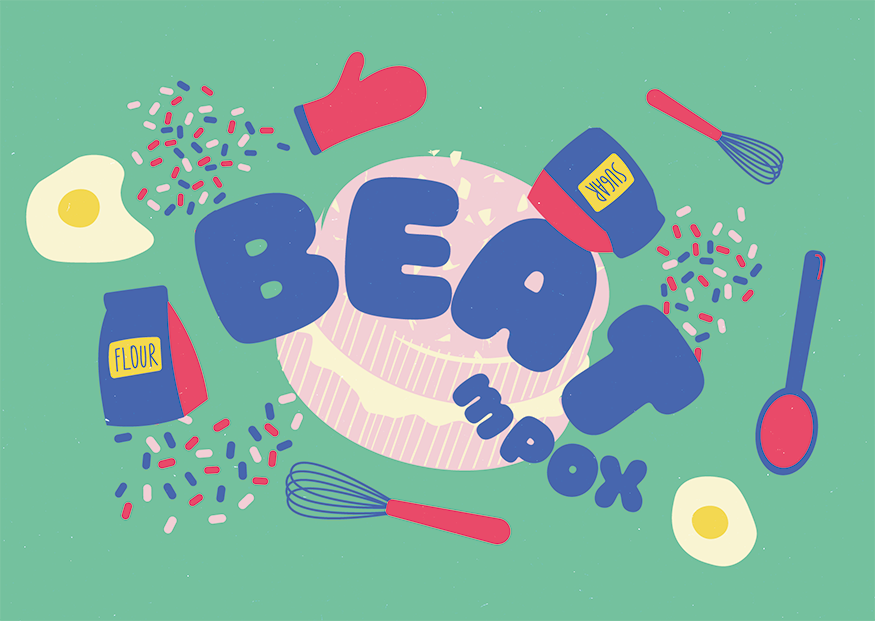
We’re excited to share the launch of the first animation from Mpox: What’s Your Story, a vital new project that brings the lived experiences of those affected by Mpox into the public eye through powerful, creative storytelling.
Accompanied by two moving call-to-action poems, the animation is the first of two creative outputs designed to challenge stigma, raise awareness, and spark informed conversations.
Mpox (formerly known as monkeypox) continues to affect marginalised communities disproportionately. Yet, due to stigma and a lack of public understanding, many voices remain unheard. This project aims to change that.
Download the Animation here!
Mpox is a disease caused by the Mpox virus. It spreads through close contact with an infected person, animal, or contaminated objects. Symptoms typically begin with fever, headaches, muscle aches, fatigue, and swollen lymph nodes, followed by a rash that can appear on the face, hands, and other parts of the body. Since the global outbreak in 2022, there have been over 4,000 confirmed cases, with new strains expected to cause future outbreaks. Although the risk to the UK public remains low, early awareness and education are essential to prevent further spread.
Mpox can spread quickly in close-knit communities. Vaccination is most effective before exposure, which makes education and outreach crucial. But standard public health messaging often fails to connect. That’s why we’ve taken a different approach, centred on people and stories, not just the virus. Mpox: What’s Your Story is a bold, community-led project that uses storytelling and creativity to raise awareness about Mpox an emerging public health threat.
If you are concerned about Mpox or need more information about symptoms, testing, or vaccination, please visit the NHS website or contact your local healthcare provider.
Download the Animation here!
What we’ve delivered:
At Writing on the Wall, we believe in the power of creativity and storytelling to spark change. Through six weeks of creative workshops at Toxteth Library in Liverpool, this project challenged stigma, amplified the voices of underrepresented individuals, and empowered communities with the knowledge they needed to stay safe by drawing on lived experiences and collaborative storytelling.
These workshops were more than conversations—they were creative, safe, and transformative spaces where participants took part in free-writing, spoken word, collaborative poem-making, and visual storytelling exercises. The format provided people with a safe space to explore challenging subjects such as stigma, fear, and resilience, while also encouraging honesty, connection, and collective strength. Many described the sessions as empowering, saying they felt heard and supported. The call-to-action poems that emerged from this process reflect raw honesty, resilience, and hope, and formed the heart of the final animations.
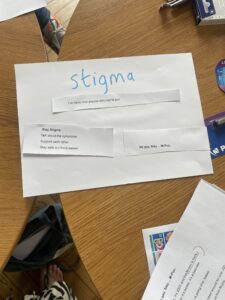
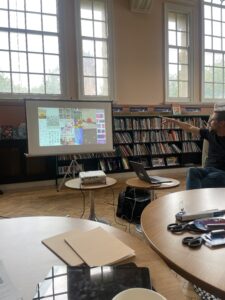
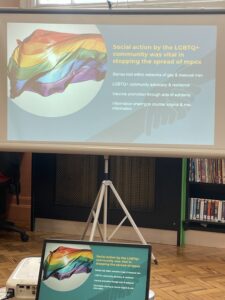
Poet Louise Fazackerley, whose work is rooted in word-witchery and the working class, explores the synergy between poetry, art, and movement—making the ugly beautiful and the mundane fantastical. She has co-created call-to-action poems with participants. Her work has been featured by The Guardian, BBC Breakfast, Radio 4 Woman’s Hour, and Radio 3. Louise’s published poetry collections include The Lolitas and The Uniform Factory (Verve Poetry Press), Bird St. (The Secret Writers Club), and The Pleasure Dome (Burning Eye). When not writing or delivering workshops in schools, prisons, and universities, she’s wrangling two cats and two teenage girls in Wigan.

Daniel Turner a multi-disciplined designer and artist from Liverpool with 23 years of experience in the creative industries and education and background in graphic design, post-production, and interactive and immersive arts, is now transforming these poems into a compelling animation.
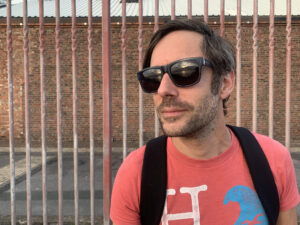
Special thanks to Kristian Lawrence for his voice-over work on the project.
Animation was chosen because it can reach people in ways that written reports or posters cannot. It combines words, imagery, and emotion, making the message engaging and accessible across diverse age groups, languages, and cultural backgrounds. The creative approach has not only transformed personal experiences into powerful collective storytelling but also given participants ownership over the final message that will speak directly to their communities.
The final outputs will be launched by the end of September 2025, accompanied by a public health report and digital distribution campaign.
You can download the digital artworks here:
Large format for commercial printers:
Standard formats for domestic printers:
This project is funded by The Pandemic Institute, a collaborative initiative supporting research and innovation in global pandemic preparedness and response.
